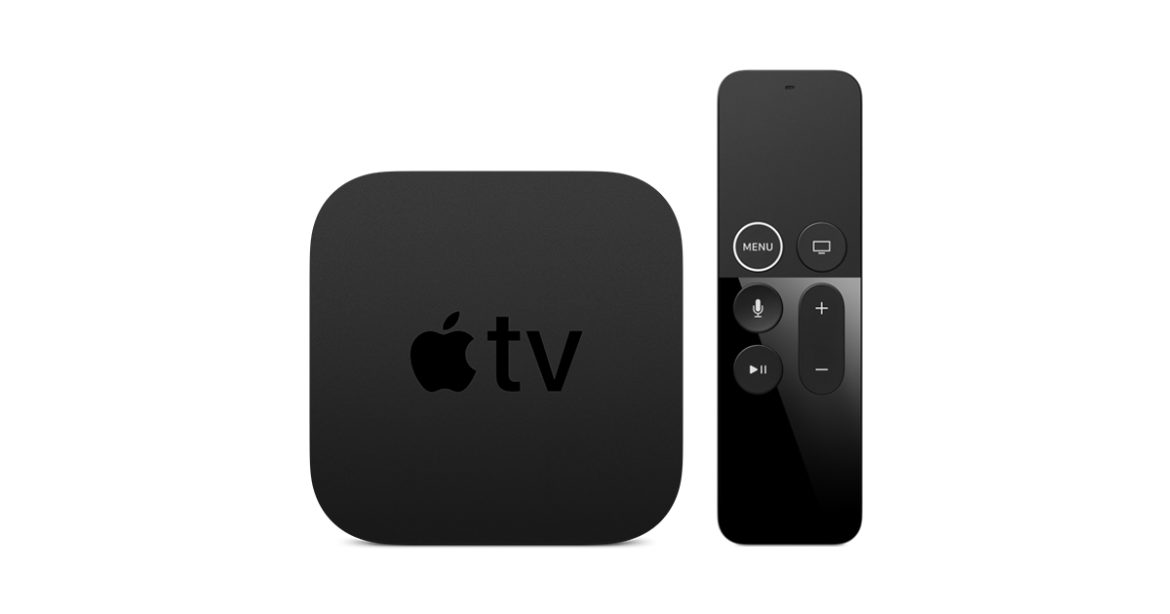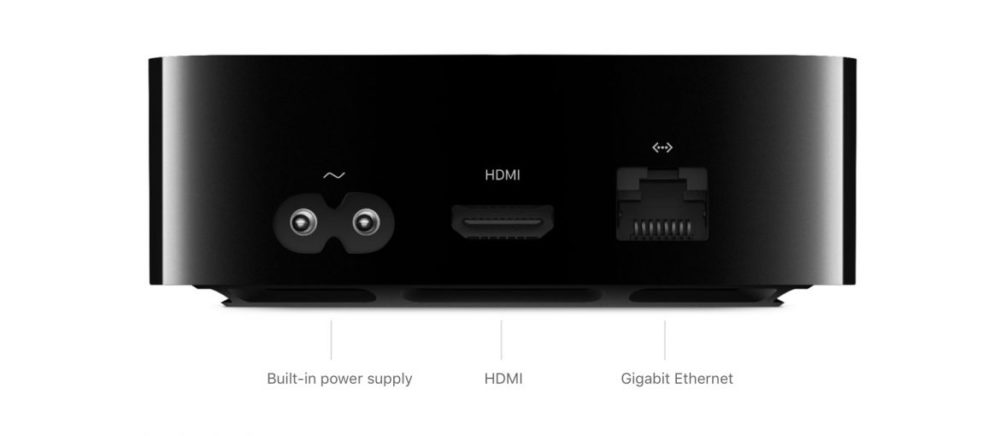TL;DR
The Apple TV 4K offers a solid upgrade with 4K HDR support, a faster A10X chip, and improved connectivity. While it brings impressive visuals and a smoother interface, it stumbles with the lack of Dolby Atmos and DTS:X out of the box, limited YouTube 4K support, and some Bluetooth connectivity quirks. It’s a step up from its predecessor, especially for those with 4K HDR displays, but with a few notable omissions that leave room for improvement via software updates. Want to know if the 4K upgrade is truly worth it for your setup? Dive into the full review!
The previous Apple TV model, the fourth generation known as Apple TV 4, garnered significant popularity, particularly among senses.se readers. However, by late 2015, the absence of 4K and HDR support became a notable drawback, especially considering the mainstream adoption of HDR and 4K in television sets since 2016, as well as the emergence of 4K consoles like the PS4 Pro and Xbox One X (a review of which is forthcoming).
The Apple TV 4K represents an upgrade over its predecessor, although it’s not a radical departure. The pricing remains consistent, with the 32 GB model increasing by 300 SEK to 1,995 SEK, and the 64 GB model retaining the same recommended price of 2,195 SEK (according to Apple’s suggested retail prices). Given this minor price difference, opting for the 64 GB model is advisable, even with tvOS’s storage management capabilities akin to iOS 11 (which now offers integrated Apple TV control via iPhone). Internally, the Apple TV 4K incorporates an A10X Fusion processor (identical to the iPad Pro), substantially boosting theoretical performance. This necessitated a slightly taller chassis to accommodate a cooling fan. Furthermore, Apple has increased the RAM to 3 GB, up from 2 GB in the previous version. The remote control mirrors the fourth-generation model, save for a white circle around the Menu button for enhanced visibility.
Additional enhancements include a Gigabit Ethernet port, MIMO support for Wi-Fi via 2.4 and 5 GHz bands, and Bluetooth 5.0. However, it lacks an optical output, which some users anticipated, and the USB-C port present in the previous iteration (officially designated for support and technical functions, but unofficially enabling video and screenshot capture) has been removed.
Upon initial setup, the Apple TV 4K automatically detects connected hardware, assessing resolution, HDR capabilities, and Chroma 4:2:0 or 4:2:2 support. It’s important to note that an HDMI cable is required for connectivity and is not included. Chroma Subsampling 4:2:2, which offers a marginally sharper image when supported by the source, necessitates a high-speed HDMI cable. The Apple TV 4K supports 4K with HDR (HDR10 or Dolby Vision standards) at 50/60 Hz, with corresponding support at 30 Hz, and progressively lower resolutions down to various Full HD configurations. A limitation for cinephiles is the absence of a native 24 Hz mode, resulting in frame interpolation in both 30 and 50/60 Hz modes to maintain a minimum of 30 fps, particularly in games. While not severely distracting, this is a notable drawback when viewing content like House of Cards, filmed in 4K at 24 frames per second. Digital frame interpolation can introduce unwanted artifacts and impart a “video” aesthetic to cinematic productions.
HDR and 4K performance is generally excellent, evident in both the user interface and Apple’s visually stunning, remastered aerial photography screensavers. Image processing has been refined, delivering exceptional sharpness and color accuracy for both streaming content and video files. The ubiquitous HDR implementation enhances visual appeal, even on non-HDR material, rivaling the capabilities of dedicated UHD players. The Apple TV 4K introduces support for HEVC (High Efficiency Video Coding), or H.265, which offers approximately 50% greater compression efficiency than H.264 (AVC), a prerequisite for future 8K streaming. However, HEVC requires powerful hardware, and adoption is gradual. Unfortunately, Plex, a popular media server application, requires optimization. Streaming H.265 content directly from a less powerful Plex server results in real-time transcoding, which is resource-intensive and slow, as the Apple TV 4K is capable of direct playback. A timely update from Plex is highly anticipated.
The A10X Fusion processor delivers performance approaching that of a contemporary laptop, although the immediate impact may not be dramatic. In demanding games like Real Racing 3, frame drops and graphical compromises are still apparent, indicating that it’s not a replacement for modern gaming consoles. The Apple TV 4K functions primarily as a media device, with gaming as a supplementary feature. The available game library, comprising roughly 100 titles, offers relatively high quality and is enhanced with a dedicated controller such as the SteelSeries Nimbus.

Apple TV 4K boasts a substantial library of 4K and HDR movies, with free upgrades for existing HD purchases.
However, several omissions and shortcomings are present. Apple’s reputation for product shortages persists, and the Apple TV 4K is no exception. At the time of this review, 4-5 week lead times are reported for the 64 GB model. More significantly, the Apple TV 4K lacks initial support for Dolby Atmos and DTS:X, advanced audio formats. Apple has committed to rectifying this with a future software update (at least for Dolby Atmos). DTS support, particularly via Plex, remains limited, with audio downmixed to two-channel PCM. While the Infuse video app supports DTS on Apple TV 4K, it’s limited to the 5.1 core, excluding DTS-HD. Licensing fees may be a contributing factor, but this limitation is disappointing.
Despite the enhanced speed and range promised by Bluetooth 5.0, connectivity with the remote control and game controllers exhibited instability. The Apple TV 4K demonstrated weaker performance within enclosed cabinets, an area where the Apple TV 4 previously performed adequately. This may be specific to the review unit, but it is likely a software-related issue that can be addressed in subsequent tvOS updates.
While the inclusion of HEVC and FLAC support is welcome, the absence of Google’s VP9 codec is notable. Given Google’s ownership of YouTube, which hosts a vast library of HDR and 4K content, the Apple TV 4K’s YouTube app is limited to Full HD (1080p) resolution, mirroring the capabilities of its predecessor. Resolving this limitation is essential in future tvOS releases.
Streaming functionality, a core strength of the device, remains seamless. While the Apple TV 4K commands a premium over competitors like the Google Chromecast, its ease of use and performance are generally reliable. Netflix streams flawlessly, delivering exceptional visual quality, particularly with 4K and HDR content. Apple’s iTunes service automatically upgrades eligible HD film purchases to 4K at no additional cost. Playback of Kingsman: The Secret Service demonstrated impressive image and sound quality, approaching but not quite matching that of a physical UHD disc. Buffering is minimal, provided a minimum connection speed of 25 Mbps is maintained. Apple’s competitive pricing on 4K films, with rentals at 49 SEK and purchases at 169 SEK, is commendable. Digital film ownership offers superior accessibility and space efficiency, although it currently involves a slight compromise in quality. The absence of Disney content among Apple’s 4K and HDR partnerships may result in delayed or unavailable titles.
Summary: While the Apple TV 4K exhibits certain shortcomings and missed opportunities, it ultimately represents an upgrade to an already competent media player. The primary frustration stems from the perception that Apple is increasingly playing catch-up to its competitors, despite the strengths of its ecosystem. While 4K and HDR support is welcome, its delayed implementation and the continued absence of features like Dolby Atmos, 4K YouTube support, and reliable Bluetooth performance are notable. With future tvOS and Plex updates, the Apple TV 4K has the potential to become a truly exceptional product. For users with 4K and HDR televisions, the upgrade is certainly warranted. However, those expecting a dramatic improvement over the previous generation may wish to monitor future updates to address the noted issues. The Apple TV 4K has a promising future, with an evolving Siri and an upcoming TV app designed to consolidate content access.





